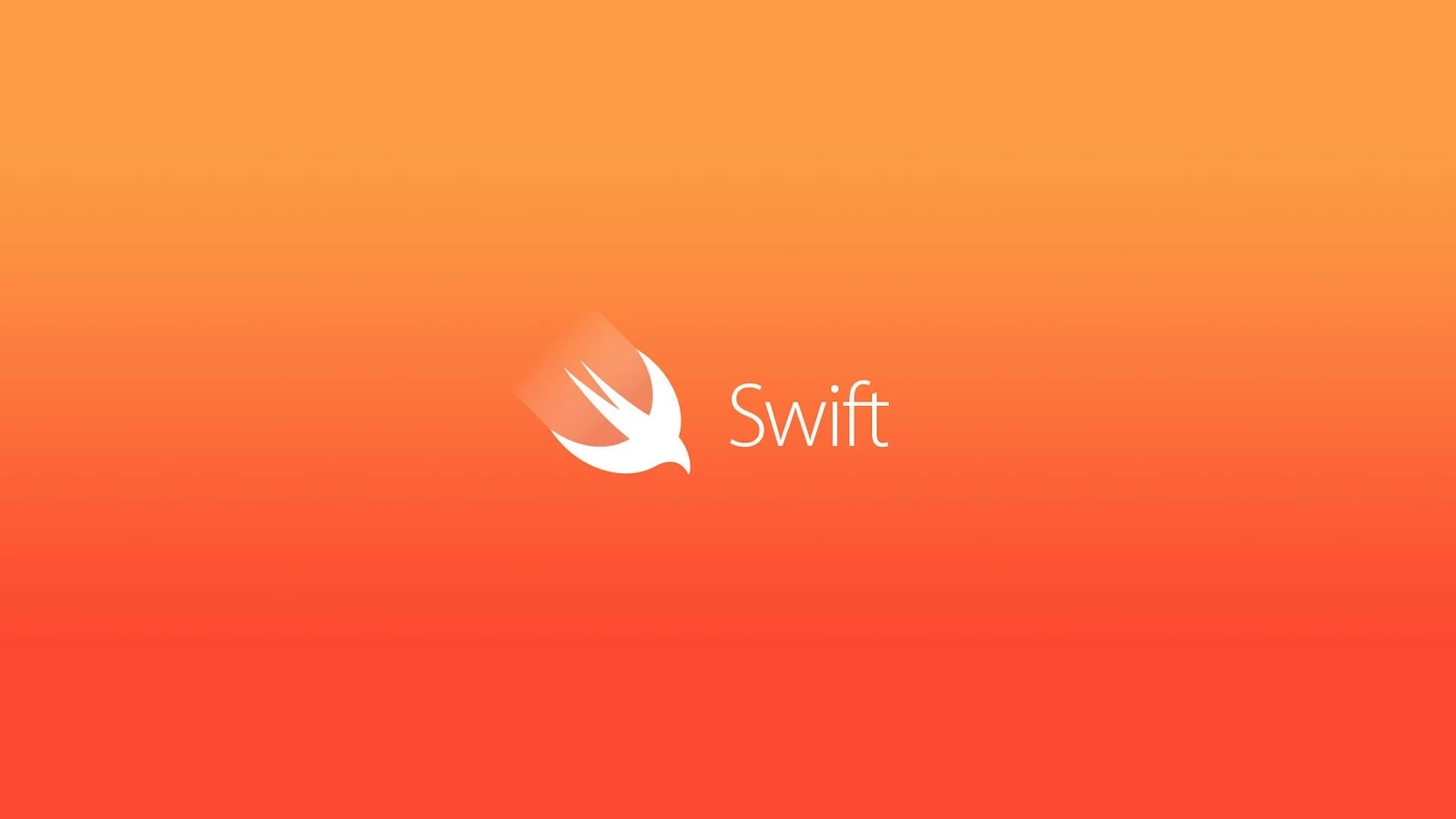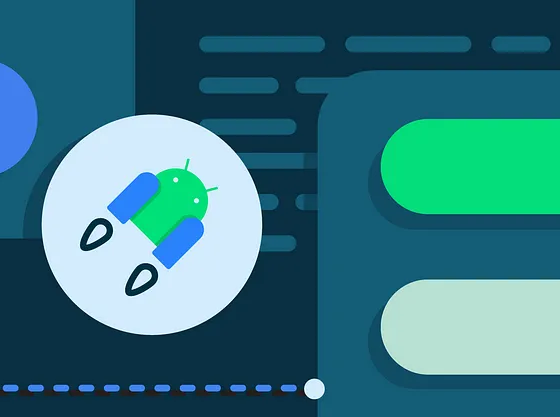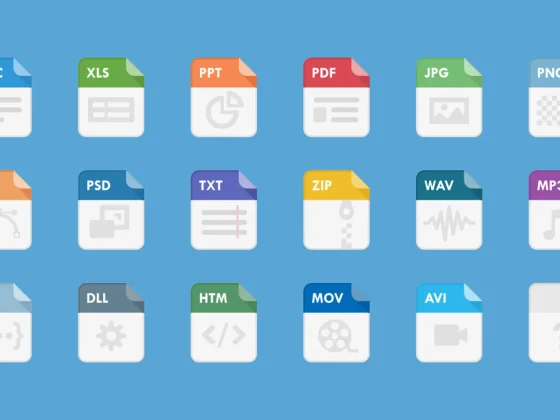As part of expanding the Swift on Server ecosystem, we’re thrilled to announce the release of a new IMAPv4 parser and encoder, SwiftNIO IMAP.
This package implements:
From our partners:
- Parsing IMAPv4 wire-format to type-safe Swift data structures
- Encoding these Swift data structures to the IMAPv4 wire format
- Extensive support for common IMAP extensions
- High performance
- Integration with SwiftNIO
Motivation
Email has been a indispensable part of the internet for over 40 years and is a ubiquitous part of many products and services today.
Internet Message Access Protocol (IMAP) is the most widely used open standard to retrieve email messages. It has been around for multiple decades and has evolved substantially over the years through various RFCs.
Correctly parsing and encoding IMAP is notoriously difficult. SwiftNIO IMAP reduces this difficulty by handling many subtle details of encoding and parsing IMAP, making it easier than ever to write rich and powerful email integrations with Swift on server.
This package is focused on parsing and encoding IMAP while also providing some common convenience methods related to core IMAP types. It does not implement any of busines logic related to IMAP.
A Brief Tour
The SwiftNIO IMAP targets RFC 3501, IMAP version 4rev1, and additionally supports extensions from more than 20 RFCs: RFC 2087, 2177, 2221, 2342, 2971, 3348, 3501, 3502, 3516, 3691, 4315, 4467, 4469, 4731, 4959, 5032, 5161, 5182, 5258, 5464, 5819, 6154, 6851, 7162, 7377, 7888, and 8438.
IMAP uses a text-based “human readable” wire format, and SwiftNIO IMAP bridges this to a type-safe world using modern Swift data structures. The protocol is “asymetric”: messages sent from the server follow different patterns that messages sent by the client.
Example Exchange
As a quick example, here’s part of the the exchange listed in RFC 3501 section 8, where lines starting with S: and C: are from the server and client respectively:
S: * OK IMAP4rev1 Service Ready
C: a001 login mrc secret
S: a001 OK LOGIN completed
C: a002 select inbox
S: * 18 EXISTS
S: * FLAGS (\Answered \Flagged \Deleted \Seen \Draft)
S: * 2 RECENT
S: * OK [UNSEEN 17] Message 17 is the first unseen message
S: * OK [UIDVALIDITY 3857529045] UIDs valid
S: a002 OK [READ-WRITE] SELECT completed
The first 3 lines would correspond to the following in SwiftNIO IMAP:
<span class="kt">Response</span><span class="o">.</span><span class="nf">untagged</span><span class="p">(</span><span class="o">.</span><span class="nf">conditionalState</span><span class="p">(</span><span class="o">.</span><span class="nf">ok</span><span class="p">(</span><span class="kt">ResponseText</span><span class="p">(</span><span class="nv">text</span><span class="p">:</span> <span class="s">"IMAP4rev1 Service Ready"</span><span class="p">))))</span>
<span class="kt">CommandStreamPart</span><span class="o">.</span><span class="nf">tagged</span><span class="p">(</span><span class="kt">TaggedCommand</span><span class="p">(</span><span class="nv">tag</span><span class="p">:</span> <span class="s">"a001"</span><span class="p">,</span> <span class="nv">command</span><span class="p">:</span> <span class="o">.</span><span class="nf">login</span><span class="p">(</span><span class="nv">username</span><span class="p">:</span> <span class="s">"mrc"</span><span class="p">,</span> <span class="nv">password</span><span class="p">:</span> <span class="s">"secret"</span><span class="p">)))</span>
<span class="kt">Response</span><span class="o">.</span><span class="nf">tagged</span><span class="p">(</span><span class="o">.</span><span class="nf">init</span><span class="p">(</span><span class="nv">tag</span><span class="p">:</span> <span class="s">"a001"</span><span class="p">,</span> <span class="nv">state</span><span class="p">:</span> <span class="o">.</span><span class="nf">ok</span><span class="p">(</span><span class="kt">ResponseText</span><span class="p">(</span><span class="nv">text</span><span class="p">:</span> <span class="s">"LOGIN completed"</span><span class="p">))))</span>
Next, up is the SELECT command and its responses, which are more interesting:
<span class="kt">CommandStreamPart</span><span class="o">.</span><span class="nf">tagged</span><span class="p">(</span><span class="kt">TaggedCommand</span><span class="p">(</span><span class="nv">tag</span><span class="p">:</span> <span class="s">"a002"</span><span class="p">,</span> <span class="nv">command</span><span class="p">:</span> <span class="o">.</span><span class="nf">select</span><span class="p">(</span><span class="kt">MailboxName</span><span class="p">(</span><span class="s">"box1"</span><span class="p">),</span> <span class="p">[])))</span>
<span class="kt">Response</span><span class="o">.</span><span class="nf">untagged</span><span class="p">(</span><span class="o">.</span><span class="nf">mailboxData</span><span class="p">(</span><span class="o">.</span><span class="nf">exists</span><span class="p">(</span><span class="mi">18</span><span class="p">)))</span>
<span class="kt">Response</span><span class="o">.</span><span class="nf">untagged</span><span class="p">(</span><span class="o">.</span><span class="nf">mailboxData</span><span class="p">(</span><span class="o">.</span><span class="nf">flags</span><span class="p">([</span><span class="o">.</span><span class="n">answered</span><span class="p">,</span> <span class="o">.</span><span class="n">flagged</span><span class="p">,</span> <span class="o">.</span><span class="n">deleted</span><span class="p">,</span> <span class="o">.</span><span class="n">seen</span><span class="p">,</span> <span class="o">.</span><span class="n">draft</span><span class="p">])))</span>
<span class="kt">Response</span><span class="o">.</span><span class="nf">untagged</span><span class="p">(</span><span class="o">.</span><span class="nf">mailboxData</span><span class="p">(</span><span class="o">.</span><span class="nf">recent</span><span class="p">(</span><span class="mi">2</span><span class="p">)))</span>
<span class="kt">Response</span><span class="o">.</span><span class="nf">untagged</span><span class="p">(</span><span class="o">.</span><span class="nf">conditionalState</span><span class="p">(</span><span class="o">.</span><span class="nf">ok</span><span class="p">(</span><span class="kt">ResponseText</span><span class="p">(</span><span class="nv">code</span><span class="p">:</span> <span class="o">.</span><span class="nf">unseen</span><span class="p">(</span><span class="mi">17</span><span class="p">),</span> <span class="nv">text</span><span class="p">:</span> <span class="s">"Message 17 is the first unseen message"</span><span class="p">))))</span>
<span class="kt">Response</span><span class="o">.</span><span class="nf">untagged</span><span class="p">(</span><span class="o">.</span><span class="nf">conditionalState</span><span class="p">(</span><span class="o">.</span><span class="nf">ok</span><span class="p">(</span><span class="kt">ResponseText</span><span class="p">(</span><span class="nv">code</span><span class="p">:</span> <span class="o">.</span><span class="nf">uidValidity</span><span class="p">(</span><span class="mi">3857529045</span><span class="p">),</span> <span class="nv">text</span><span class="p">:</span> <span class="s">"UIDs valid"</span><span class="p">))))</span>
<span class="kt">Response</span><span class="o">.</span><span class="nf">tagged</span><span class="p">(</span><span class="o">.</span><span class="nf">init</span><span class="p">(</span><span class="nv">tag</span><span class="p">:</span> <span class="s">"a002"</span><span class="p">,</span> <span class="nv">state</span><span class="p">:</span> <span class="o">.</span><span class="nf">ok</span><span class="p">(</span><span class="kt">ResponseText</span><span class="p">(</span><span class="nv">code</span><span class="p">:</span> <span class="o">.</span><span class="n">readWrite</span><span class="p">,</span> <span class="nv">text</span><span class="p">:</span> <span class="s">"SELECT completed"</span><span class="p">))))</span>
There’s more going on here than this example shows. But this gives a general idea of how things look and feel.
Common Values
Some of the very common values used in IMAP are UIDs, message sequence numbers, and mailbox names.
SwiftNIO IMAP has a UID and SequenceNumber type, and related types such as UIDRange, UIDSet, SequenceRange, and SequenceSet. The two set types conform to SetAlgebra. And all of these have convenience methods for common operations.
Mailboxes are identified by a “modified UTF-7” encoded string. The MailboxName and MailboxPath types support decoding and encoding these, while allowing to round-trip wrongly-encoded byte strings sometimes found in the wild.
Transparent Literal Support
SwiftNIO IMAP can transparently encode and decode client messages both with the synchronizing and non-synchronizing literal encodings from the base RFC 3501 and RFC 7888 extensions.
These variations are handled transparently – for both client and server:
RFC 3501 “quoted” strings:
C: A001 LOGIN "FRED FOOBAR" "fat man"
S: A001 OK LOGIN completed
RFC 3501 command continuations:
C: A001 LOGIN {11}
S: + Ready for additional command text
C: FRED FOOBAR {7}
S: + Ready for additional command text
C: fat man
S: A001 OK LOGIN completed
RFC 7888 non-synchronizing literals:
C: A001 LOGIN {11+}
C: FRED FOOBAR {7+}
C: fat man
S: A001 OK LOGIN completed
The so-called LITERAL+ / LITERAL- support can be enabled either using a CAPABILITY response from the server or alternatively by explicitly setting encoding options.
Integration with SwiftNIO
SwiftNIO IMAP provides a pair of ChannelHandler objects that can be integrated into a SwiftNIO ChannelPipeline. This allows sending IMAP commands using NIO Channels.
The two handlers SwiftNIO IMAP provides are IMAPClientHandler and IMAPServerHandler. Each of these can be inserted into the ChannelPipeline. They can then be used to encode and decode messages. For example:
<span class="k">let</span> <span class="nv">group</span> <span class="o">=</span> <span class="kt">MultiThreadedEventLoopGroup</span><span class="p">(</span><span class="nv">numberOfThreads</span><span class="p">:</span> <span class="mi">1</span><span class="p">)</span>
<span class="k">let</span> <span class="nv">channel</span> <span class="o">=</span> <span class="k">try</span> <span class="k">await</span> <span class="kt">ClientBootstrap</span><span class="p">(</span><span class="n">group</span><span class="p">)</span><span class="o">.</span><span class="n">channelInitializer</span> <span class="p">{</span> <span class="n">channel</span> <span class="k">in</span>
<span class="n">channel</span><span class="o">.</span><span class="n">pipeline</span><span class="o">.</span><span class="nf">addHandler</span><span class="p">(</span><span class="kt">IMAPClientHandler</span><span class="p">())</span>
<span class="p">}</span><span class="o">.</span><span class="nf">connect</span><span class="p">(</span><span class="nv">host</span><span class="p">:</span> <span class="n">example</span><span class="o">.</span><span class="n">com</span><span class="p">,</span> <span class="nv">port</span><span class="p">:</span> <span class="mi">143</span><span class="p">)</span><span class="o">.</span><span class="nf">get</span><span class="p">()</span>
<span class="k">try</span> <span class="k">await</span> <span class="n">channel</span><span class="o">.</span><span class="nf">writeAndFlush</span><span class="p">(</span><span class="kt">CommandStreamPart</span><span class="o">.</span><span class="nf">tagged</span><span class="p">(</span><span class="kt">TaggedCommand</span><span class="p">(</span><span class="nv">tag</span><span class="p">:</span> <span class="s">"a001"</span><span class="p">,</span> <span class="nv">command</span><span class="p">:</span> <span class="o">.</span><span class="nf">login</span><span class="p">(</span><span class="nv">username</span><span class="p">:</span> <span class="s">"mrc"</span><span class="p">,</span> <span class="nv">password</span><span class="p">:</span> <span class="s">"secret"</span><span class="p">))),</span> <span class="nv">promise</span><span class="p">:</span> <span class="kc">nil</span><span class="p">)</span>
The ChannelHandlers support transparent literals, IMAP capabilities, and all of the rest of the functionality of SwiftNIO IMAP. They’re powerful building blocks for IMAP applications on both the server and client.
What’s Next
The version of SwiftNIO IMAP we’re releasing today is still a prototype. We want to solicit feedback from the community.
We’ve done extensive testing of the project’s code and we believe that it’s close to being “production ready”. But we would love to have design discussions on the Swift forums about what is missing, and which bits and pieces could be improved.
Get Involved
Your feedback, experience, and contributions are very welcome!
- Get started by trying out the SwiftNIO IMAP library on GitHub.
- Discuss the library, suggest improvements and get help in the Swift forums.
- Open issues for problems you find.
- Contribute pull requests to fix any issues.
By Daniel Eggert
Source Swift
For enquiries, product placements, sponsorships, and collaborations, connect with us at [email protected]. We'd love to hear from you!
Our humans need coffee too! Your support is highly appreciated, thank you!








